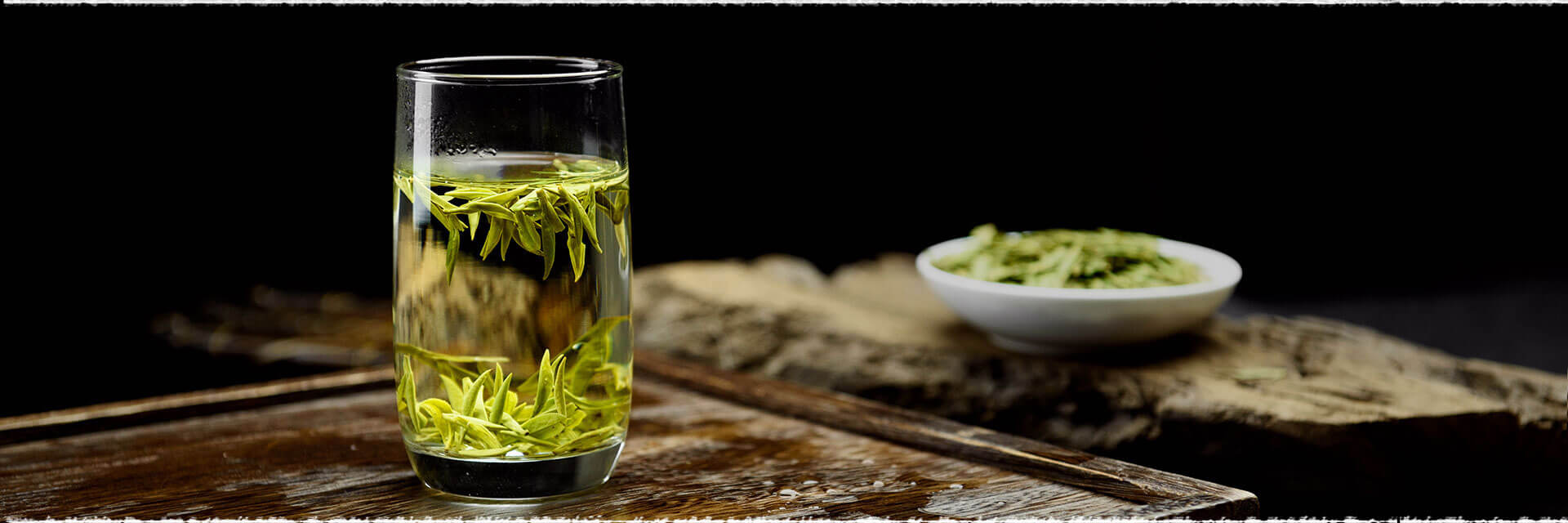Teas harvested in different time are named differently people in Yangtze River Basin, such as Sheqian cha, Mingqian cha, Yuqian cha. Here, Mingqian tea (pre-Qinming[1]) refer in particular to tea harvested before Qingming festival (Tomb-sweeping day), which has long been regarded as one of the best tea in China, owing to its tender buds and excellent shapes as well as its peculiar aroma. Furthermore, they are less affected by pests, more organic to drink. On the other hand, besides its quality, influenced by low temperature and slow growth, the quantity of teas buds suitable for picking is very few. So there is an old saying goes “Mingqian tea is as precious as gold”.
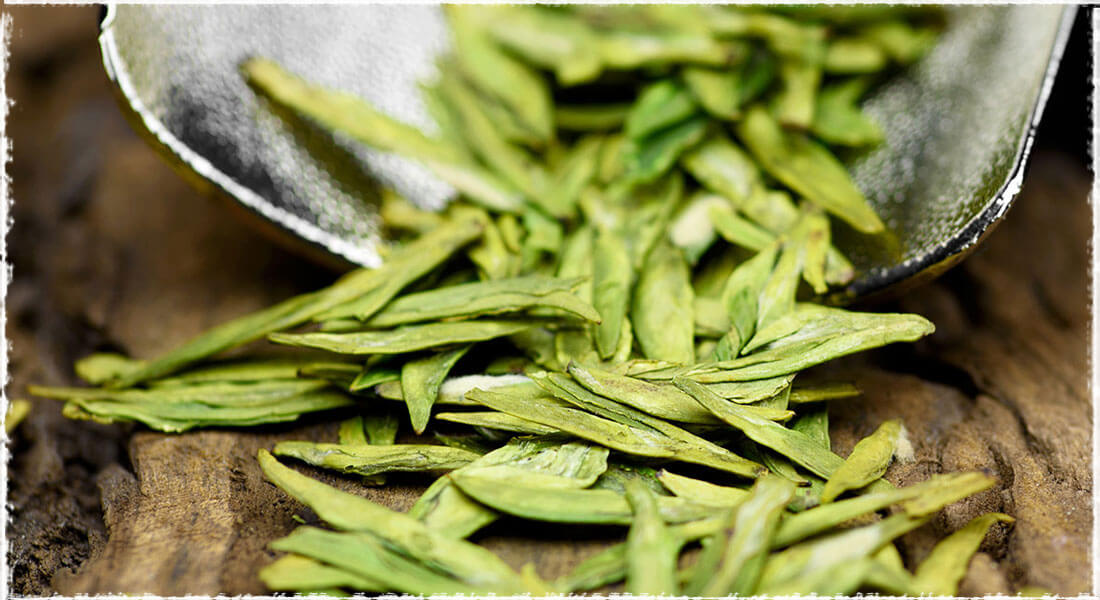

[1] The Qingming Festival, also known as Tomb Sweeping Day or Ching Ming, is a traditional Chinese festival on the first day of the fifth solar term of the traditional Chinese lunar calendar. This makes it the 15th day after the Spring Equinox, either April 4th or 5th in a given year.
Less Is More
In Jiangnan region, time and temperature are crucial to tea’s growing. Tea trees do not sprout until the Spring Equinox. 10-15 days later, tea farmers begin to pick their first spring tea. All those factors lead to extremely low yield yearly. After one busy day, one skilled tea-picker can only get 250g fresh leaves. According to some statistics, one kilogram freshly picked leaves can merely be processed into 250g dry tea, after discarding the dross and selecting the essential, this number become even more smaller. Reportedly there are up to 60, 000 tea buds in 500g finished tea. Less is high price. For Mingqian tea, it’s absolutely true.
Notes: Jiangnan region refers to the region south of the lower reaches of the Yangtze River in China.
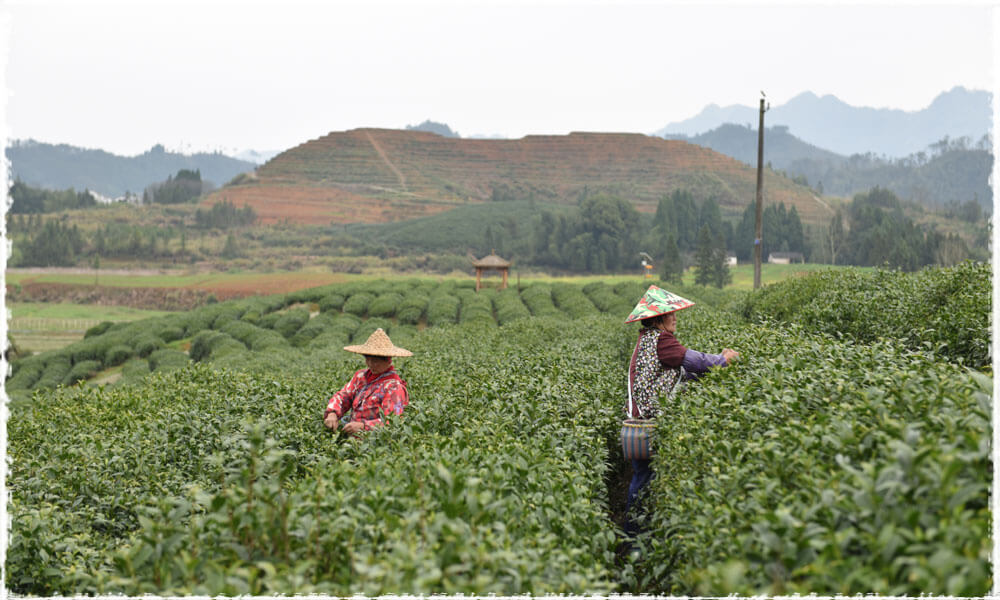
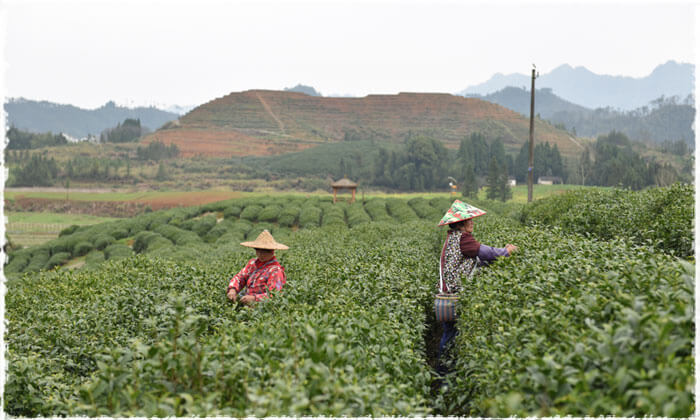
Abundant Nutrition
Tea tress remains in a dormant state in winter. When the last busy season finished, tea farmers begin to prune tea trees, apply fertilizer and bed hay. During long winter, tea trees absorbed considerable amount of nutrient, which can strength extraction of substances from leaves. When spring comes, tea buds which are rich in nutrients are beginning to sprout. Broadly speaking, tea leaves at this time are dense, fat and tender. In addition to these, Mingqian tea is also high in chlorophyll, especially chlorophyll A which is even higher, making tea brew takes on tender and bright green, producing a pleasant smell of fried bean, brought by some volatile substances, pleasant to drink.

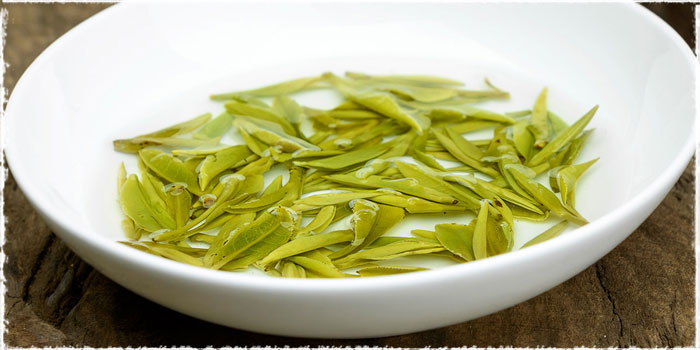
Healthy and Organic
Some famous tea like Longjing, Xin Yang Mao Jian, Bi Luo Chun, Huangshan Mao Feng, Lu Shan Yun Wu are teas harvested in early spring. Especially, those teas harvested before Qingming festival have been promoted as the best of the best by tea lovers.
Pre-ming tea is famous not only because of its bright green color and amazing aroma but also for its “good shape”. Seeing how leaves unfold gradually in water, move up and down, you could be captivated by a sense of calm and relief. So a big transparent glass is essential.
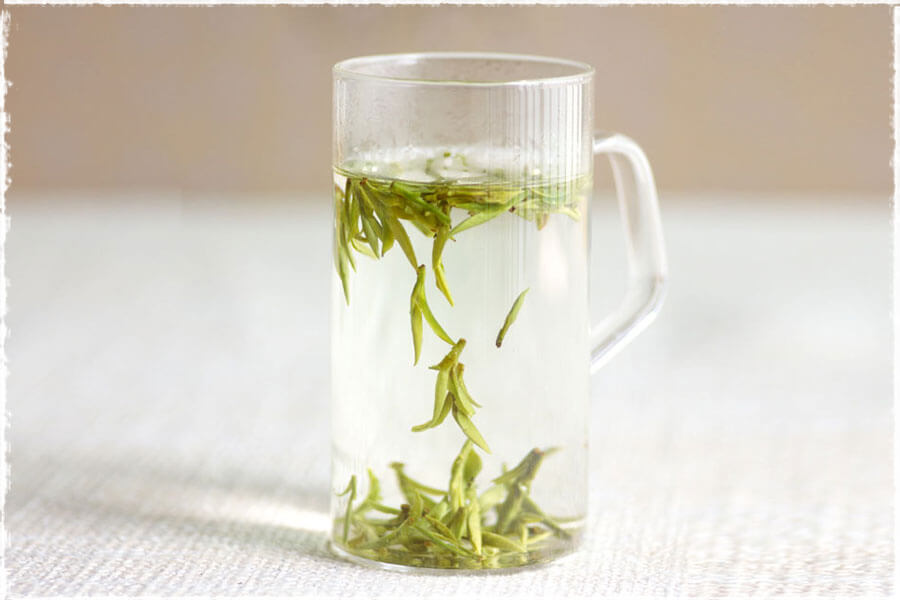
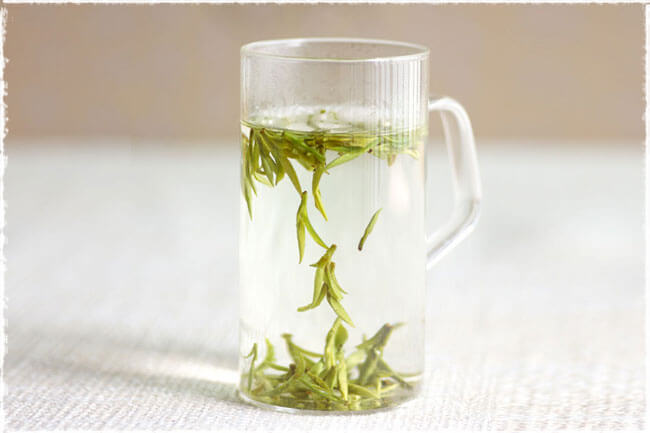
Water temperature should be around 85℃. The tenderer the tea is, the lower the water temperature should be. Boiling water can easily overheat tender leaves and spoil the taste. If you are a fresh hand to make this tea, you can pour boiling water into a cup to cool them down first till 75 – 80 degree and use it for brewing. This trick is easy and useful. As a side note, for some tender leaves tea like Bi Luo Chun, you should put water in first.
 Exploring the Charms of 2024 Spring Tea Garden with Angel
Exploring the Charms of 2024 Spring Tea Garden with Angel Yingde Black Tea
Yingde Black Tea Matcha vs. Green Tea Powder
Matcha vs. Green Tea Powder
